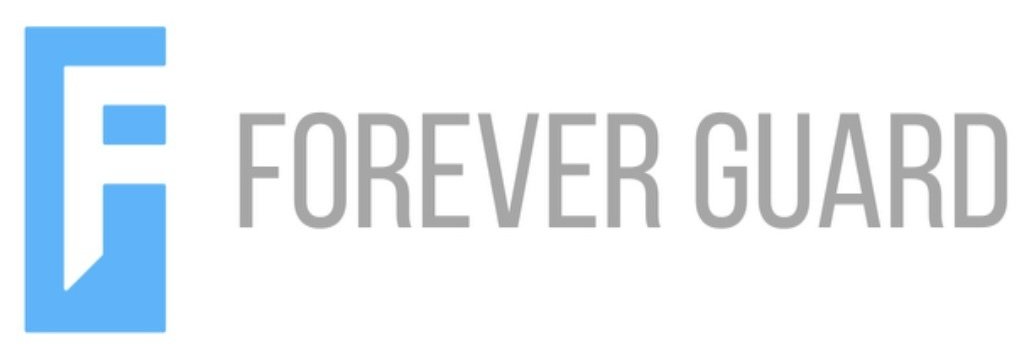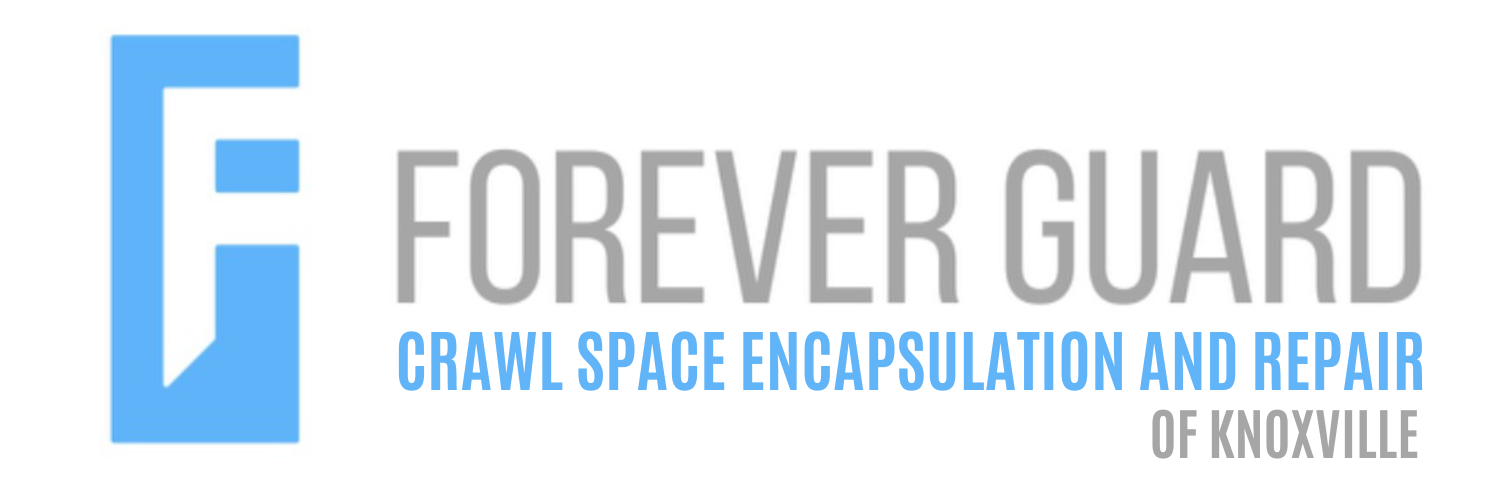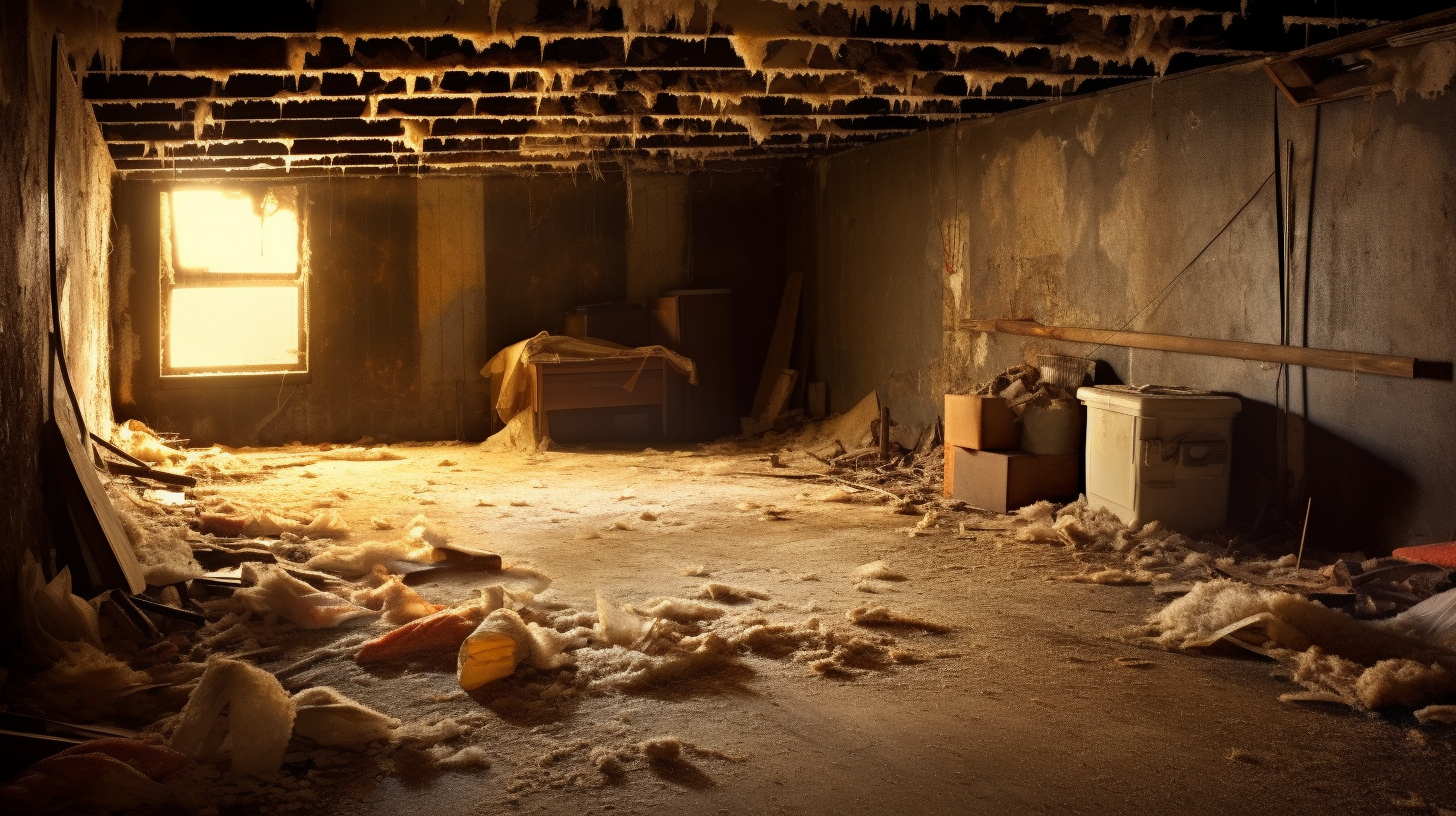Now IS THe Time To...

Crawl Space Services In Knoxville, TN
Stetson Howard: 865-432-6743
CRAWL SPACE ENCAPSULATION, REPAIR, WATERPROOFING & MOLD REMOVAL
No-Obligation, Free Inspections
No-Obligation Free Estimates
We Warranty All of Our Work
100% Satisfaction Guaranteed
Waterproofing is more than just a protective measure—it is a proactive investment in the health, safety, and longevity of your home. As mold thrives in damp and humid environments, eliminating excess moisture is critical to preventing its growth. Waterproofing acts as the first line of defense, creating a barrier that prevents water from infiltrating vulnerable areas like basements, foundations, and walls.
The importance of waterproofing extends beyond aesthetic concerns. Mold not only damages the structural integrity of a home but also poses significant health risks. Prolonged exposure to mold spores can trigger respiratory issues, allergies, and other health complications, particularly in sensitive individuals. By addressing moisture intrusion through proper waterproofing techniques, homeowners can mitigate these risks before they escalate.
Additionally, waterproofing contributes to long-term cost savings by reducing the need for costly mold remediation or repairs caused by water damage. It also enhances property value, as a well-maintained, moisture-resistant home is more appealing to potential buyers.
This blog explores why waterproofing is essential for preventing mold growth, the areas most at risk, and how implementing this preventive measure can protect your home and your family. Whether you’re addressing an existing issue or taking steps to prevent future problems, understanding the role of waterproofing is key to maintaining a healthy, mold-free living environment.
Why Waterproofing is Essential for Mold Prevention
How Mold Thrives
Mold thrives in environments where moisture is abundant, making water intrusion a primary factor in its growth. When water seeps into a home, whether through leaky roofs, cracked foundations, or poorly sealed windows, it creates an ideal setting for mold to develop and spread. Basements are particularly vulnerable due to their proximity to the ground, where water can pool and infiltrate through foundation cracks. Bathrooms, with their constant exposure to steam and water, and roofs, which may collect water due to damaged shingles or clogged gutters, are also common hotspots for mold growth. Without waterproofing measures to prevent water intrusion, these areas become breeding grounds for mold.
Impact of Moisture on Structures
Excess moisture doesn’t just encourage mold growth—it also compromises the structural integrity of a home. Materials like drywall, wood, and insulation are especially vulnerable to water damage. Prolonged exposure can lead to warping, rotting, or disintegration, weakening a building’s framework and making repairs more costly. Insulation that becomes damp loses its effectiveness, creating further challenges in maintaining a comfortable and energy-efficient home. Over time, unchecked water damage can erode the durability of a home, leading to significant financial and safety risks. Waterproofing safeguards against these issues, preserving both the structure and the value of your property.
Health Implications of Mold Growth
Mold growth caused by moisture not only damages a home but also poses serious health risks. Mold spores released into the air can trigger respiratory problems, allergic reactions, and skin irritations, particularly for individuals with preexisting conditions like asthma or compromised immune systems. Certain types of mold, such as black mold, are especially dangerous and require immediate attention. Creating a dry, mold-resistant environment through waterproofing measures helps protect the health and well-being of everyone in the household. By addressing moisture proactively, you reduce the risk of mold exposure and ensure a safer living environment.
Key Areas That Benefit from Waterproofing
Basements and Crawl Spaces
Basements and crawl spaces are among the most vulnerable areas in a home when it comes to water intrusion. Water seepage through foundation cracks or poorly sealed walls can create damp conditions, leading to hidden mold growth in these often-overlooked spaces. Mold can spread undetected in these dark and humid environments, exacerbating structural damage and health risks.
Effective waterproofing solutions for basements and crawl spaces include installing sump pumps to remove accumulated water, applying vapor barriers to block moisture, and sealing foundation cracks with high-quality materials. These measures not only prevent water entry but also ensure that these spaces remain dry and mold-free.
Roofs and Attics
Roofs and attics are common entry points for water, particularly during heavy rains or snowmelt. Damaged shingles, poor flashing around vents and chimneys, and blocked gutters are frequent culprits of leaks that can lead to mold growth in attic insulation and wood structures. Without proper waterproofing, these issues can go unnoticed, causing extensive damage over time.
Waterproofing strategies for roofs and attics include applying roof coatings that repel water, ensuring regular maintenance to check for damaged or missing shingles, and keeping gutters clear of debris. Proper ventilation in attics is also critical, as it reduces humidity levels and prevents condensation from contributing to mold growth.
Bathrooms and Kitchens
Bathrooms and kitchens are high-moisture areas that are particularly prone to water damage and mold. Steam from showers, splashes from sinks, and potential leaks from pipes or appliances make these spaces prime candidates for mold growth if not properly waterproofed.
To safeguard these areas, sealing grout lines in tiles helps prevent water from penetrating walls and floors. Installing exhaust fans improves ventilation and reduces humidity, while water-resistant paints provide an additional layer of protection against moisture. Regularly inspecting and maintaining plumbing fixtures further minimizes the risk of leaks and water damage in these critical areas.
Waterproofing Techniques for Mold Prevention
Interior Waterproofing Solutions
Interior waterproofing is a critical first step in creating a mold-resistant environment within your home. Applying water-resistant coatings to walls and floors helps to seal porous surfaces, preventing moisture from penetrating and creating conditions suitable for mold growth. These coatings are particularly effective in high-risk areas like basements, bathrooms, and laundry rooms.
Installing drainage systems, such as French drains or sump pumps, ensures effective water management by directing excess water away from the foundation. These systems work in tandem with interior waterproofing measures to keep your home dry and mold-free, even during heavy rains or flooding events.
Exterior Waterproofing Solutions
Exterior waterproofing addresses water intrusion at its source, protecting your home from outside elements. Sealing foundation cracks with durable materials prevents water from seeping into basements or crawl spaces, while applying specialized exterior coatings adds an extra layer of defense against moisture.
Proper landscaping is another essential component of exterior waterproofing. Grading the land around your home to slope away from the foundation ensures that rainwater and melting snow are diverted, reducing the risk of pooling near your property. Adding features like gutter extensions or downspout diverters further enhances water redirection.
Advanced Waterproofing Technologies
Advances in technology have introduced innovative tools and materials to enhance waterproofing efforts. Smart moisture sensors, for instance, allow homeowners to monitor indoor humidity levels in real time and detect leaks before they become severe. These devices provide an added layer of protection by enabling proactive intervention.
New materials like breathable waterproof membranes offer the dual benefit of keeping moisture out while allowing trapped humidity to escape, preventing condensation buildup. Hydrophobic treatments, which create water-repellent surfaces, are also gaining popularity for their effectiveness in high-moisture environments. Incorporating these advanced technologies into your waterproofing plan ensures optimal protection against mold.
Benefits of Waterproofing in Mold Prevention
Long-Term Cost Savings
Waterproofing is a cost-effective solution that delivers significant financial benefits in the long run. By addressing water issues early, homeowners can prevent costly repairs associated with structural damage, mold remediation, and water-related wear on building materials. Proactively investing in waterproofing solutions, such as sealing cracks or installing drainage systems, helps avoid the compounded expenses of neglecting moisture problems.
In addition to saving on repair costs, waterproofing increases property value. A well-maintained, mold-free home is more attractive to potential buyers and commands a higher market price. Waterproofing demonstrates responsible home care and assures buyers that the property is protected against water-related risks.
Enhanced Health and Safety
Waterproofing plays a pivotal role in minimizing health risks associated with mold exposure. Mold spores can trigger allergies, respiratory issues, and other health concerns, particularly for individuals with sensitivities or preexisting conditions like asthma. By preventing moisture intrusion, waterproofing eliminates the conditions that allow mold to thrive, creating a safer and healthier indoor environment.
Families benefit from cleaner air quality and reduced exposure to harmful mold toxins. Waterproofing also reduces the likelihood of pests, such as insects or rodents, that are attracted to damp environments, further enhancing household safety.
Peace of Mind for Homeowners
For homeowners, waterproofing provides the reassurance that their property is well-protected against water damage and mold growth. Eliminating constant worries about leaks, dampness, and potential mold infestations allows homeowners to focus on other aspects of home care.
Knowing that effective waterproofing measures are in place offers peace of mind during heavy rains, snowmelt, or unexpected plumbing mishaps. It’s a proactive step that ensures your home remains a safe, comfortable, and stress-free environment for you and your family.
How to Get Started with Waterproofing
Assessing Your Home for Vulnerabilities
The first step in waterproofing your home is identifying areas prone to moisture and water intrusion. Conducting a DIY moisture check can help pinpoint high-risk spots such as basements, crawl spaces, bathrooms, and areas near windows and doors. Look for visible signs like water stains, condensation, or peeling paint, and use a hygrometer to measure indoor humidity levels.
In cases where issues are not immediately apparent, hiring professionals for a thorough inspection is highly recommended. Experts can identify hidden vulnerabilities, such as cracks in the foundation, poorly sealed windows, or inadequate drainage systems, ensuring that no potential risk is overlooked.
Choosing the Right Waterproofing Solutions
Selecting the appropriate waterproofing solutions requires careful consideration of various factors, including your home’s age, local climate, and specific structural vulnerabilities. For example, homes in humid or flood-prone areas may require more robust measures, such as sump pumps or exterior foundation coatings, while older homes might need additional reinforcements due to aging materials.
Working with certified contractors ensures that the chosen waterproofing methods are both effective and tailored to your home’s unique needs. Certified professionals have the expertise to recommend and implement solutions that address current issues while providing long-term protection.
Maintenance and Upkeep
Waterproofing is not a one-time process; regular maintenance is essential to ensure its effectiveness over time. Routine inspections of high-risk areas help identify early signs of wear, such as peeling coatings, clogged drains, or recurring leaks. Addressing these issues promptly prevents them from escalating into more significant problems.
Staying proactive with upkeep also involves checking that gutters, downspouts, and drainage systems remain clear and functional. By maintaining your waterproofing measures, you protect your home against moisture intrusion and preserve its mold-free, safe condition.
FAQs
-
Why is waterproofing important for mold prevention?
Waterproofing prevents moisture intrusion, which is the primary condition that allows mold to grow. By keeping your home dry, it eliminates the environment mold needs to thrive.
-
What areas benefit most from waterproofing?
Basements, crawl spaces, roofs, attics, bathrooms, and kitchens are key areas for waterproofing, as they are most prone to moisture and water damage.
-
Can waterproofing increase property value?
Yes, waterproofing protects your home from damage, ensures it remains mold-free, and makes it more appealing to potential buyers, thereby increasing its market value.
-
How does waterproofing protect health?
By preventing mold growth, waterproofing reduces exposure to mold spores that can trigger allergies, respiratory problems, and other health issues.
-
What maintenance does waterproofing require?
Regular inspections to check for peeling coatings, clogged drains, or cracks are essential to ensure waterproofing measures remain effective over time. Prompt repairs help maintain their functionality.
Recent Blog Posts
Crawl Space News
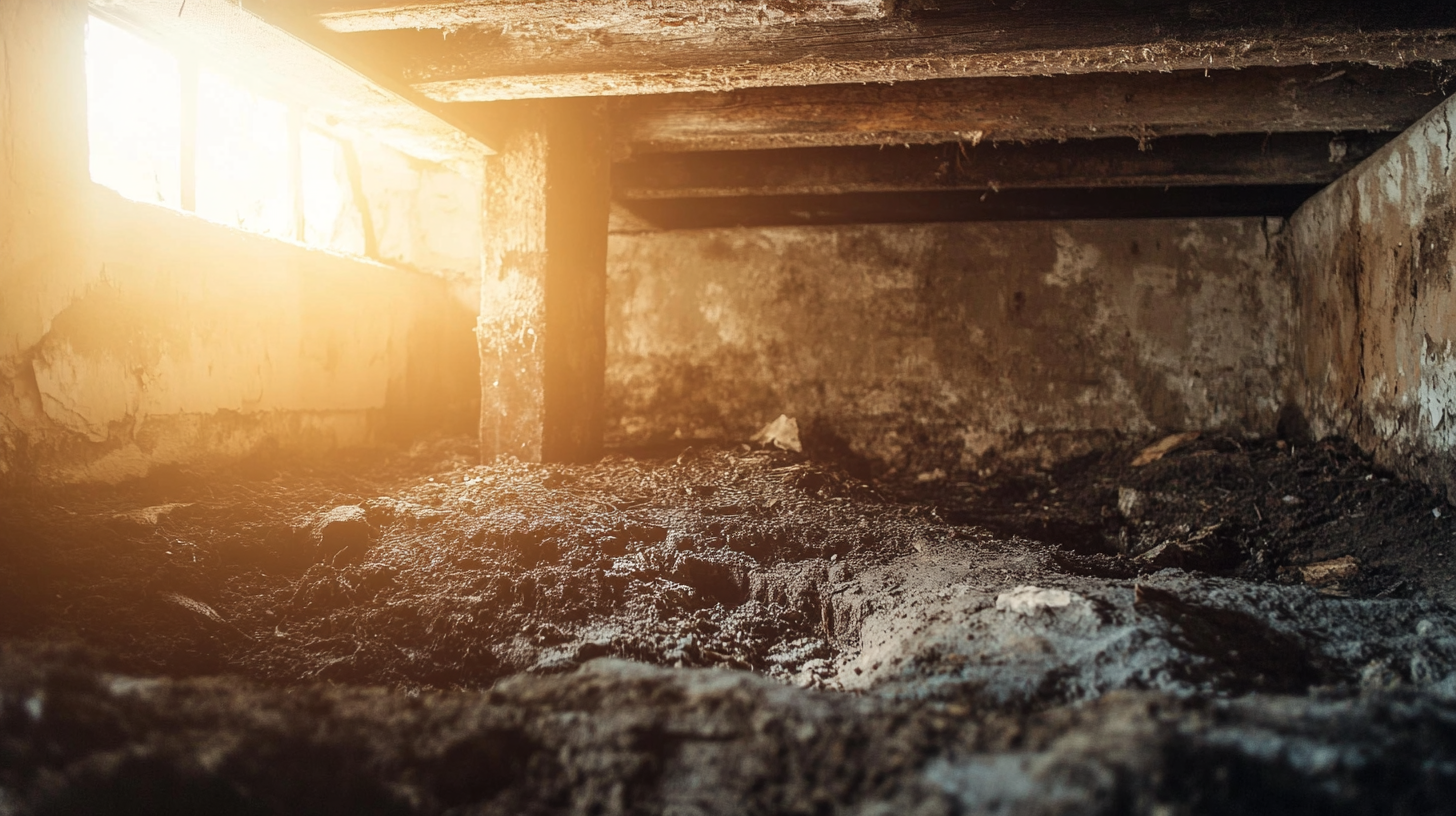
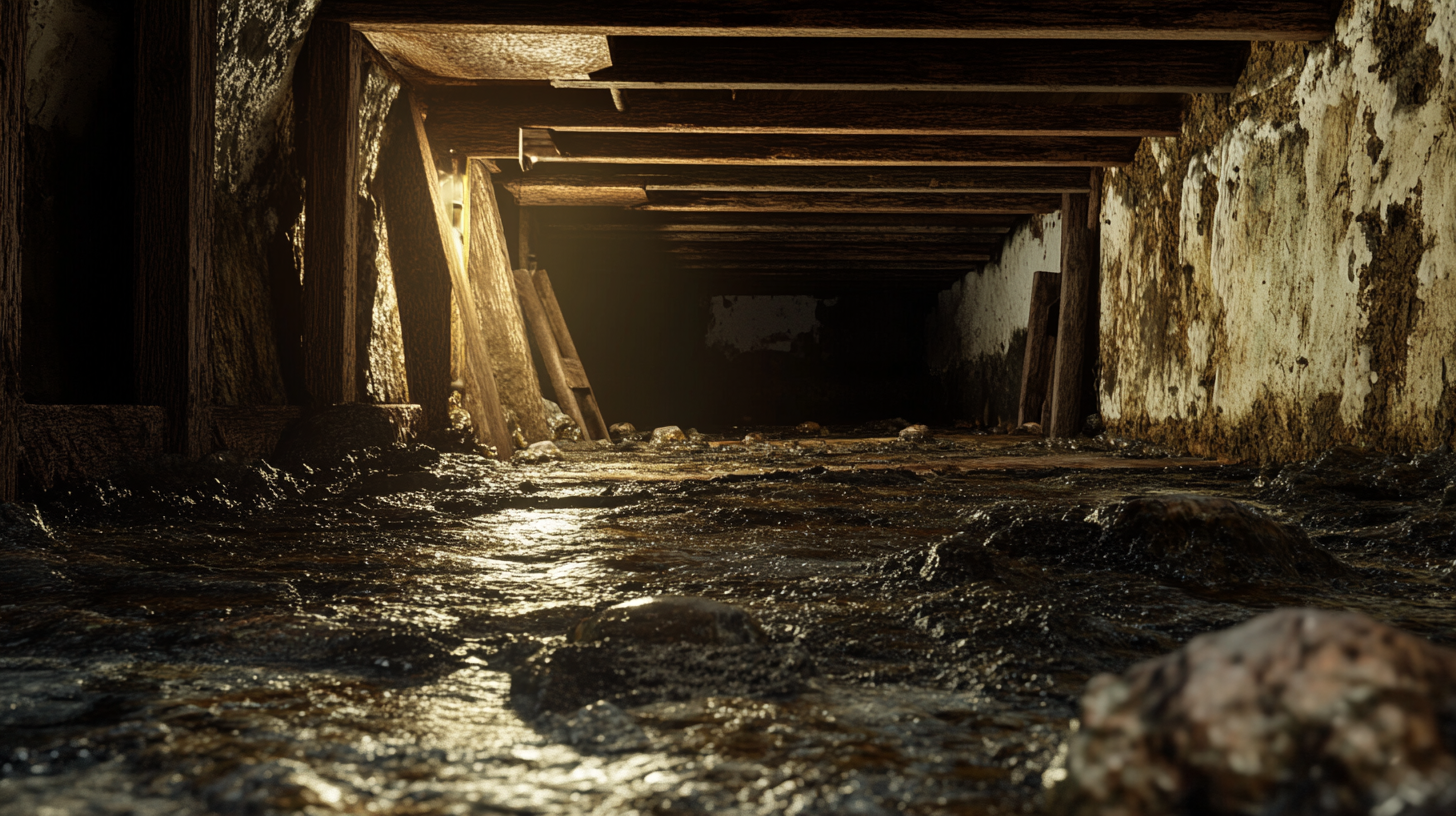
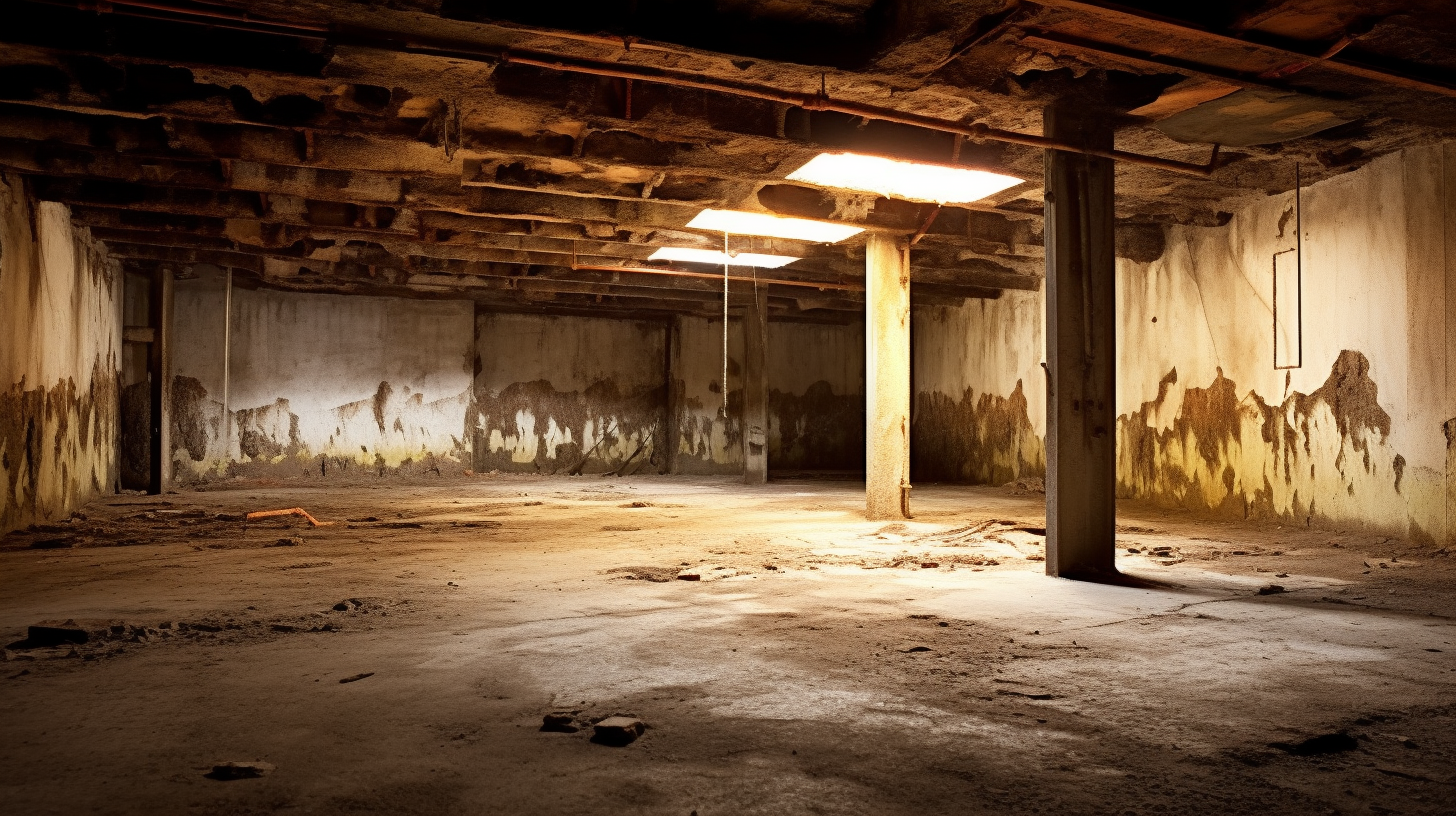
Schedule Your FREE Crawl Space Evaluation!
Did you know YOU DON'T HAVE TO BE HOME for us to provide you with your 100% FREE crawl space inspection and report?
Call Us Today at: 865-432-6743
Forever Guard Crawl Space Encapsulation and Repair of Knoxville is a specialty crawl space waterproofing company that services the greater Knoxville, TN and surrounding areas.
Business Hours
Sunday: 7:00 AM - 7:00 PM
Monday: 7:00 AM - 7:00 PM
Tuesday: 7:00 AM - 7:00 PM
Wednesday: 7:00 AM - 7:00 PM
Thursday: 7:00 AM - 7:00 PM
Friday: 7:00 AM - 7:00 PM
Saturday: 7:00 AM - 7:00 PM
legal info
All Rights Reserved | Forever Guard Crawl Space Encapsulation and Repair of Knoxville
